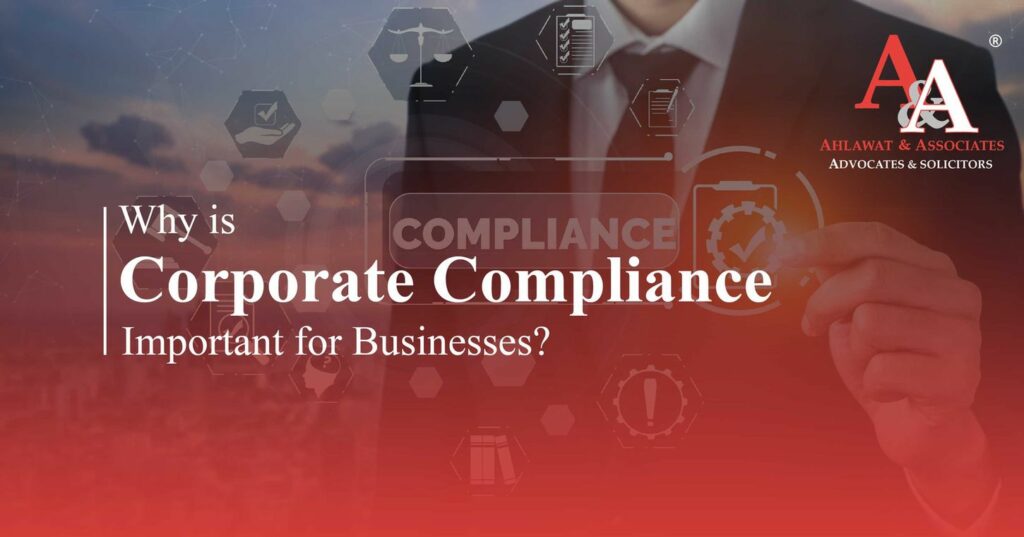
 Gitika Kohli , Sakshi Bhatt
Gitika Kohli , Sakshi Bhatt
 December 22, 2022
December 22, 2022
Are you aware that a total of 1,12,509 companies have been struck off from the register of companies in a little over three years by the Registrar of Companies (“ROC”) and out of which, the maximum number of companies were registered in Delhi 19,000 approx., followed by Maharashtra (16,000 approx.), Uttar Pradesh (12,000 approx.), West Bengal (11,000 approx.) and Tamil Nadu (7,000 approx.), among other states in India.
The companies that were struck off by the ROCs, had failed to comply with the corporate compliances as provided under the Companies Act, 2013 (“Act”). The Act regulates the formation and functioning of corporations or companies incorporated in India. In recent times, Ministry of Corporate Affairs (“MCA”) has been extremely stringent with respect to the adherence of corporate secretarial compliances and continuously aims to provide better ease of doing business to law abiding corporates in the country while meting out exemplary punishment for serious violations of law.
Compliance means “the act of obeying an order, rule, or request” or “the state of meeting rules or standards”. In the corporate world, it is identified as a process to adhere to the applicable laws, regulations, standards, and ethical practices. Therefore, corporate compliance particularly means adherence to organizational rules, polices, regulatory compliances, secretarial compliances, local and international laws, and regulations.
It helps the organization to identify and prevent violation and non-compliances of various applicable laws by the organization, which ultimately leads to protection of organization from fines and lawsuits. Many organizations have now been focusing upon implementation of governing corporate compliance policies and undertaking audits in a regular spam of time in order to strengthen into a law-abiding organization in the country.
A&A is home to some of the best Corporate lawyers in India. Feel free to contact us if you need any kind of legal assistance.

*Foot Note: The data was published by Times of India and was compiled for the period commenced from April 1, 2019 and ended on July 12, 2022.
First component is the implementation of necessary policies and procedures in accordance with the provisions of applicable corporate laws i.e. Companies Act, 2013, Indian Contract Act, 1872, Foreign Contribution (Regulation) Act, 2010 etc., in a day to day working of an organizations. Implementation of policies is also beneficial for maintaining good code of conduct of members of the organization.
Nowadays, many organizations have constituted compliance committees for the assessment and prioritization of legal compliance risk areas, implementation and monitoring of compliance program or mechanisms to increase the efficiency and effectiveness of company-wide compliance actions.
It is treated as a good governance practice for an organization to conduct training programs at each level of hierarchy structure of the organization in order to ensure that the officers, employees, and third-party vendors strictly adhere to the corporate compliances.
Next essential component is regular monitoring and audit of the stipulated policies, standards or compliance programs of the company. It will monitor and evaluate company's compliance program and examine its adequacy, efficiency, and effectiveness. It will help to detect the instances of non-compliance and facilitates taking corrective measures immediately. It will help the organization to assess the level of observance of good corporate practices adhered by the company.
All the above-mentioned measures will be futile, if corrective measures are not taken within strict timelines. Therefore, it is extremely important to take appropriate and timely corrective measures in order to eliminate negative consequences of non-compliances in the organization. An organization must have a corrective action plan which outlines a set of steps for addressing issues and gaps in company compliances and processes that could negatively impact the organization. A lot of organizations, focus on corrective action plans which are S.M.A.R.T. (Specific, Measurable, Attainable, Relevant, Timebound) and includes timeframes, costs, and signatories.
Adherence to corporate compliances helps to uphold a positive image of an organization while building consumer loyalty. Moreover, public image of an organization influences its success. A lawsuit or legal consequences against an organization will tarnish its image, resulting in loss of trust among the general public.
It will be difficult for an organization to sustain in the long run if it is not a compliant organization and will end up paying huge penalties. Adherence to corporate compliances is considered as an organization credibility booster that plays an influential role in the business growth. Most of the legal compliances are driven to promote best practices in key business areas such as employee welfare, customer safety, and product quality. Therefore, adhering to corporate compliances will naturally drive towards business growth.
The risk of legal implications is not just limited to the organization but also to the Key Managerial Personnel (“KMP”) of the organization or officers in default. At the moment, legal implications are getting stricter for non-adherence to law or regulations leading to huge monetary penalties and even imprisonment of KMPs. However, a legal obedient organization can always avoid the risks of penalties or lawsuits.
A compliant organization provides a better workplace for the employees, and eventually increases the retention rate of the employees. In contrast, non-compliant organizations generally fail to provide a decent working environment, as they are hampered with legal implications resulting into decline in employee retention rate.
First step is to assess and prepare a detailed list of compliances under the applicable corporate laws on an organization, in order to implement an effective corporate compliance program. Therefore, first and foremost it is imperative for an organization to identify the list of corporate laws applicable on the organization.
Second step is to formulate policies, code of conduct, standards in accordance with the applicable corporate compliances which helps the organization to outline a set of rules and regulations, which the employees need to abide with. It is important to draft a clear and comprehensive code of conduct, policies or standards.
Further, it is utmost important to constitute a compliance committee or designate a compliance officer to establish a source of leadership and oversight for the organization compliance efforts. Although it is legally applicable for a certain class of companies, however, many companies constitute the committee only for good governance.
It is important to conduct audit of compliance program at regular intervals and adopt internal auditing protocols that are sufficient to fully assess the sufficiency of the organization compliance efforts.
An organization must continuously monitor its compliance program on a constant basis and identify and undertake corrective measures in order to mitigate the risk of legal implications.
As aptly stated by Paul McNulty “If you think compliance is expensive- try non- compliance.” Every organization ought to adhere to corporate compliances, constantly emphasis on ethics, transparency and accountability in the operations of corporates, this in long run will be a huge cost saving investment for the corporate.
These days, organization are outsourcing corporate secretarial services to professional firms in order to shift their focus on key operations of business from secretarial compliances of the company. Those professionals assist the companies in developing, implementing, maintaining and supporting corporate compliance program.
It is right to say that a company’s management is a gauge of how strong and effective its corporate compliance program will be.
The formulation process of corporate compliance program is influenced by number of factors i.e., size of the organization, product, applicability of various statutory or regulatory compliances, location of the organization. It is important for an organization to devote proper resources including personnel and corpus in order to build an effective corporate compliance program.
The compliance officer and company’s board of directors are mainly responsible for implementing and maintaining company’s corporate compliance program. Even as per the applicable laws, they have the responsibility to allocate the necessary resources and support to ensure the program remains viable.
The compliance officer is responsible for the day-to-day communication of the corporate compliance program. He regularly interacts with all the department and employees of the company in order to build rapport, establish best practices, and construct a culture throughout the organization.
Yes, a dormant company is also required to comply with certain provisions of Companies Act, 2013. Every company, whether dormant or functional is required to adhere to corporate secretarial compliances, however, the compliances will be lesser as compared to the active companies.
Usually, it depends on the structure of the organization or applicability of various corporate laws on a company. A small company may conduct a quarterly audit of corporate compliance program whereas larger entities can conduct monthly audit.
















 Cookies Consent
Cookies ConsentWe use cookies to help you navigate efficiently and perform certain functions. You will find detailed information about all cookies under each consent category below. Read more...
 Cookies Consent
Cookies ConsentWe use cookies to help you navigate efficiently and perform certain functions. You will find detailed information about all cookies under each consent category below. Read more...


Comments
Post A Comment
Your email address will not be published *